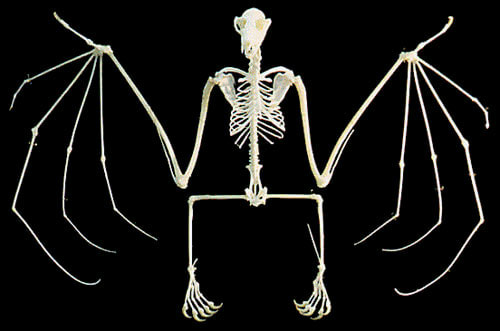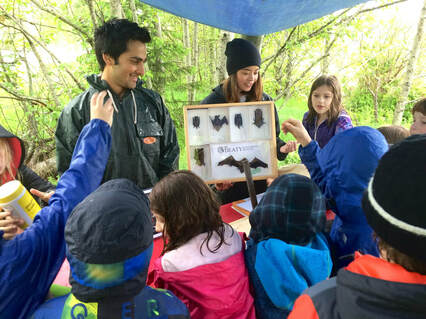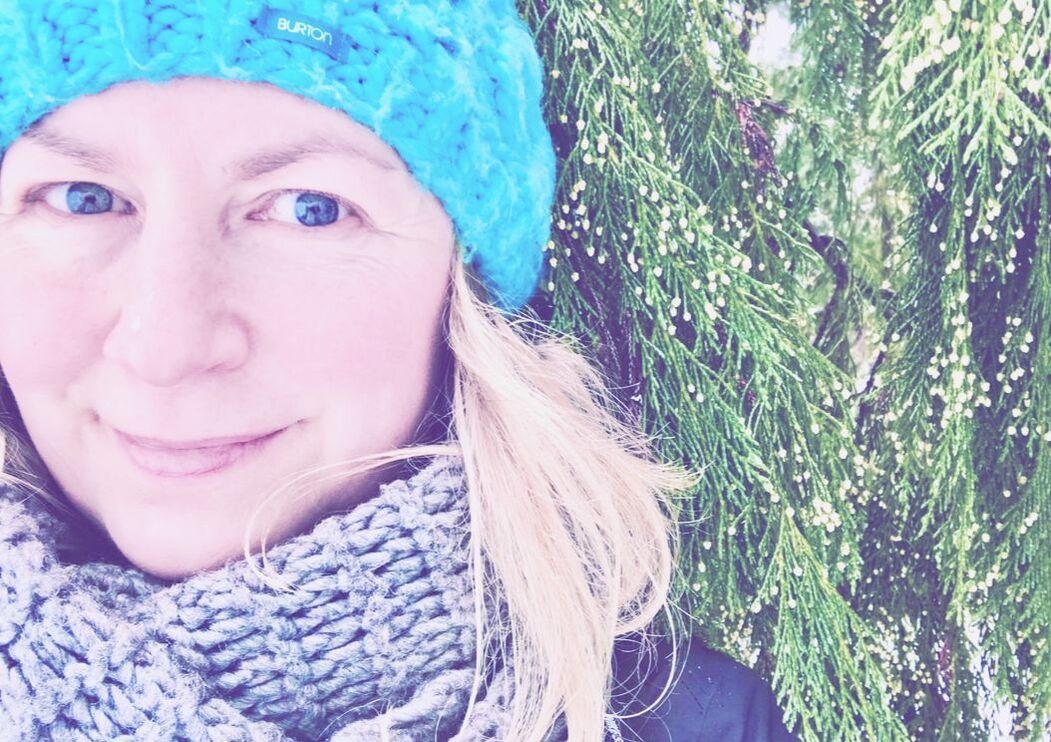How Much Do You Really Know About BC Bats? |
Rhonda O'Grady“What we have loved, others will love, and we will teach them how.” - Wordsworth Archives
March 2020
CategoriesAuthorWrite something about yourself. No need to be fancy, just an overview. |




 RSS Feed
RSS Feed